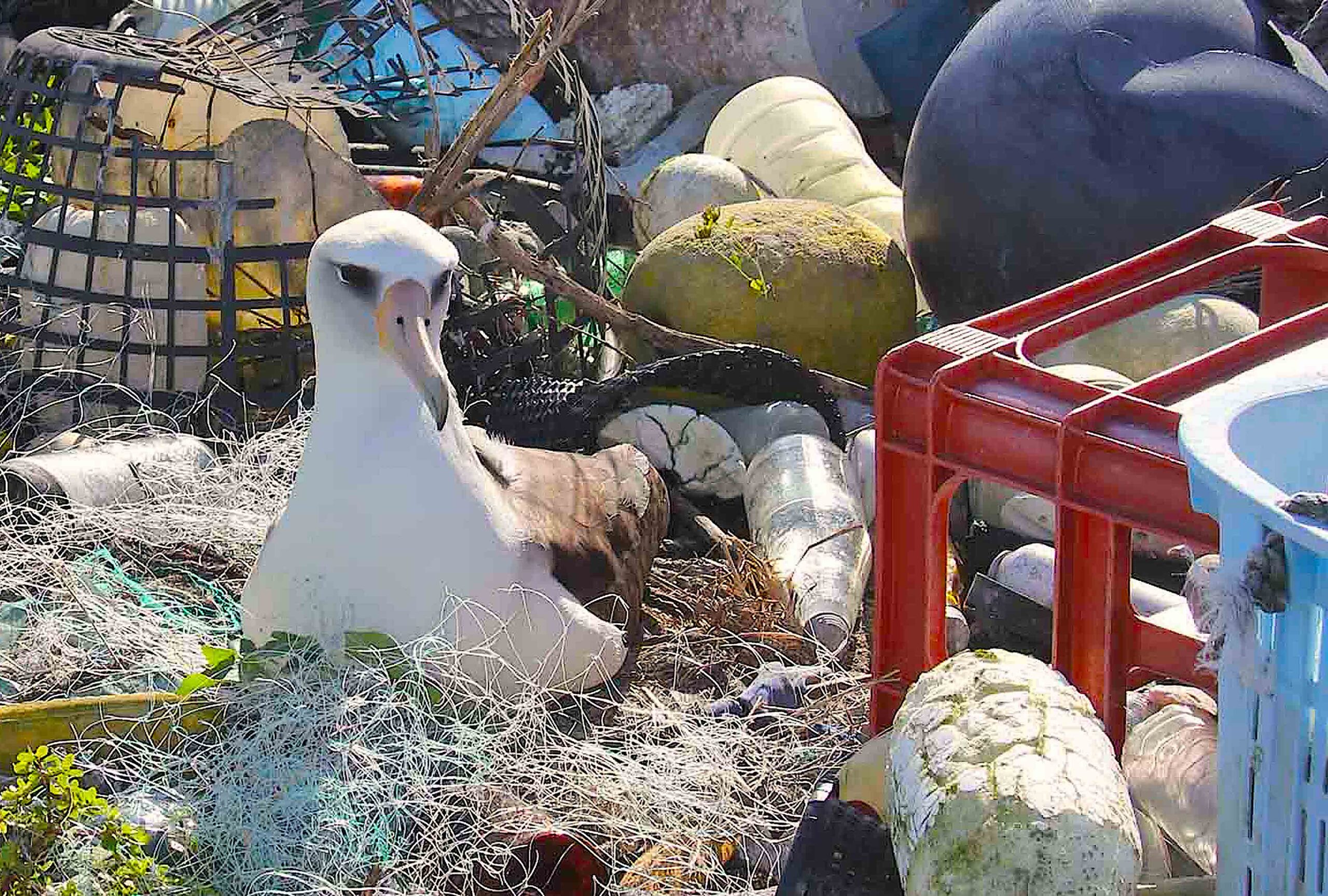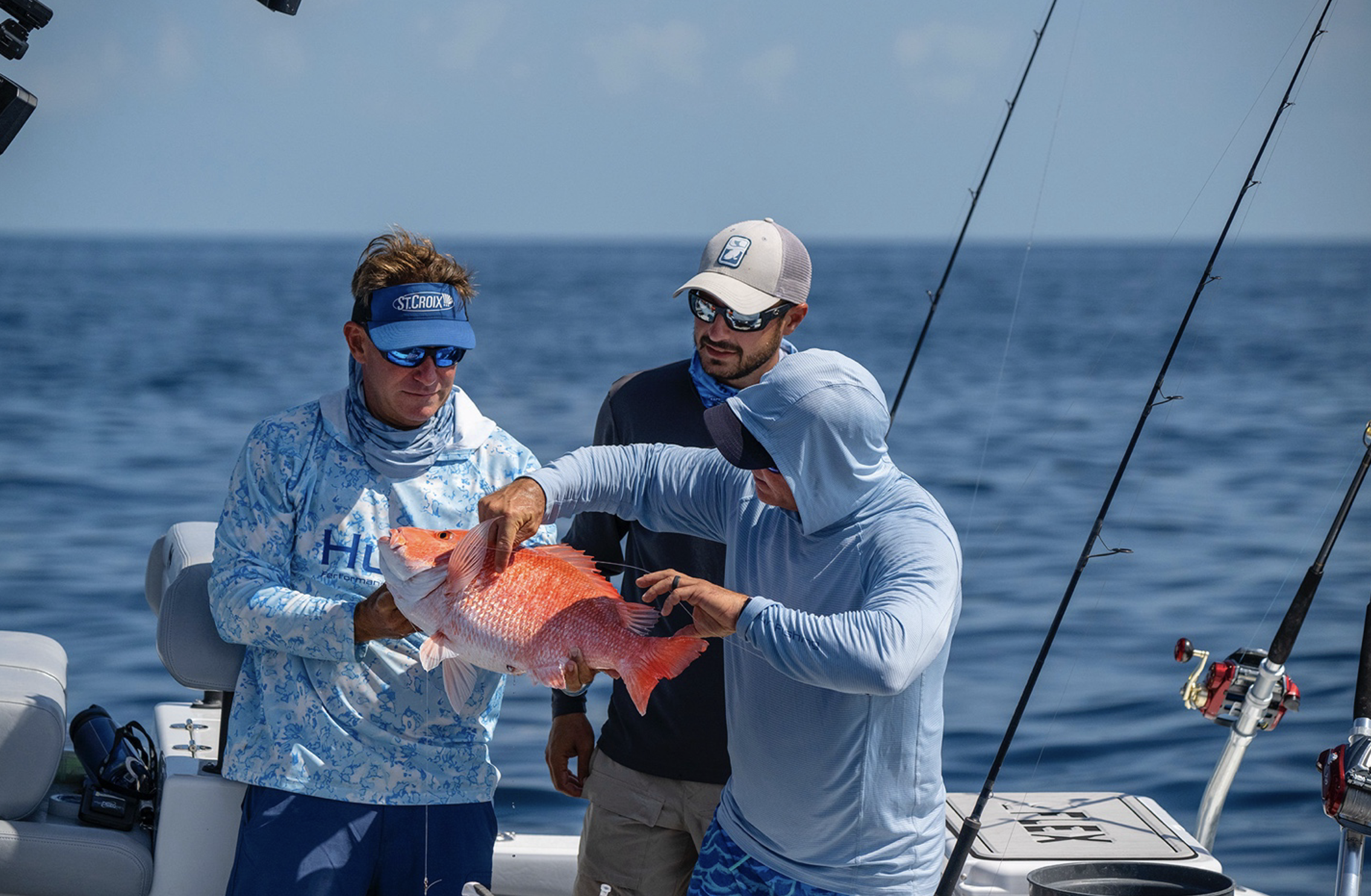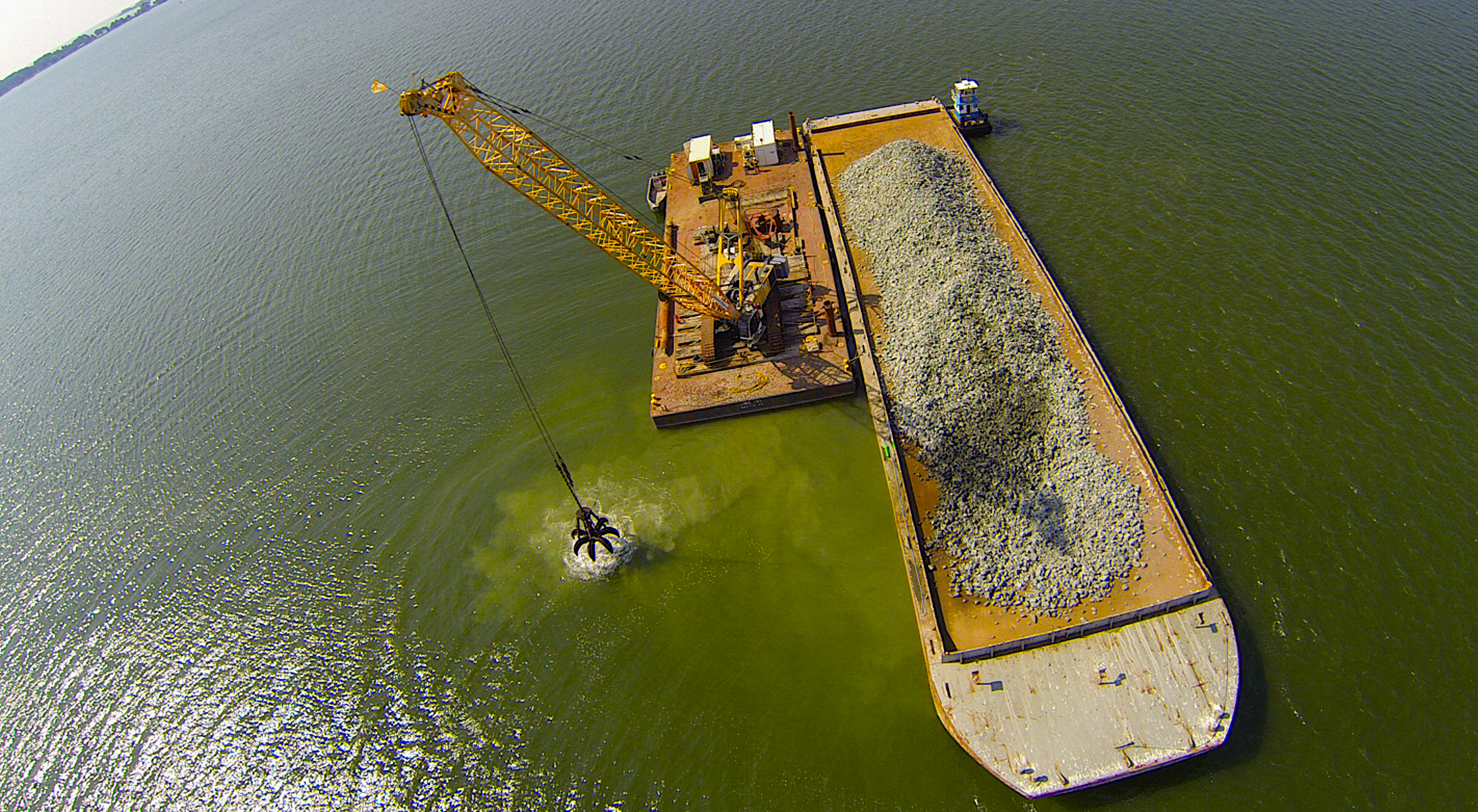What Causes Anglers to Leave Behind Less Fishing Line and Other Litter?

A first-of-its-kind study in Patagonia reveals that anglers will litter less when they understand how their activities affect the environment.
If you’re an angler, chances are you have seen a collection station for monofilament fishing line. Over a decade ago, the N.C. Wildlife Resources Commission launched a pilot program to make proper disposal of used fishing line easier and more convenient for anglers, and the N.C. Department of Environmental Quality followed suit. Monofilament recycling stations now are available statewide on many piers, boat ramps, docks, and marinas.
The recycled fishing line goes to the tackle company Berkley, which converts it into beneficial structures that promote fishing habitat. Since 1990, the company has collected more than 9 million miles worth of fishing line — and, if you’ve recycled your used line, it might have ended up in Berkley’s fish-friendly structures.
Research Need
Fishing line materials — such as nylon, polyethylene, and polypropylene — do not degrade naturally and can remain unchanged in the aquatic environment for decades. As a result, discarded fishing lines in waterways can inadvertently snare marine wildlife, including bottlenose dolphins, sea turtles, sea birds, and fish.
As the number of recreational anglers grows, so do the effects of discarded line and other litter. Resource management agencies promote the responsible disposal of litter at access points to water, as a conservation strategy. Researchers wanted to know the best way to design such a conservation program to reach key stakeholders and maximize effectiveness.
What did they study?
In a coastal reserve in northern Patagonia, an educational awareness campaign about fishing-related litter and debris included signage and posters, and the reserve also provided collector bins for line and other types of litter.
To determine its effectiveness, researchers conducted face-to-face interviews to gauge perspectives and gather information from anglers and tourism operators on issues related to marine debris. The team also observed the activities of visitors, as well as monitoring the composition of marine debris that reserve users deposited in 24 specifically designed bins on coastal waterways across a range of habitats.
What did they find?
Anglers perceived that their pastime primarily contributed to noise, overfishing and illegal fishing, and pollution through leftover marine debris. Recreational fishermen also mentioned the lack of regulations as one of the causes of coastal deterioration, and largely agreed with a range of conservation actions to reduce marine debris.
Tour operators raised similar pressing environmental concerns but also mentioned illegal hunting and bird trade in the reserve. They additionally noted urbanization as a threat to the local environment.
As for the abundance and composition of collected marine debris, all bins contained discarded fishery debris and general litter. Fishing-related debris accounted for a greater proportion of overall debris by weight (70%), but general waste represented the greatest number of litter items overall.
About 95% of fishing-related debris (both by number and weight) was plastic, chiefly bags used for bait and fishing tackle. Monofilament fishing line was the second most disposed fishing-related debris.
Unsurprisingly, the total weight of debris increased with the numbers of fishing rods.
So what?
The researchers discovered there are two main components of a successful disposal program for litter. First, resource managers should develop education, awareness, and outreach campaigns to assist coastal users in better understanding the environmental issues associated with fishing debris and garbage. Second, installation of specifically designed bins for debris from fishing-related activities (versus for general waste) serves to complement educational messaging.
In fact, the community perceived the installation of signage, posters, and collector bins as a conservation action of high impact. This was in line with other studies indicating that persuasive messages, using appropriate language and involving key stakeholders, can change behavior.
Anything else?
Anglers also referred to the need for actions from administrations to improve adoption of fisheries management measures, recommending more monitoring, and even fines.
Reading
Garcia, G.O.; Valenti, A.G.; Zumpano, F.; Hernandez, M.M.; Castano, M.V.; Friedman, I.; Cabral, V.N.; Favero, M.; and Seco Pon, J.P. “Conservation approach in a coastal reserve in Argentina to promote the responsible disposal of litter derived from recreational fisheries.” Ocean and Coastal Management 214 (2021) 105899.
This work was funded by the Fondo para la Conservaci´on Ambiental del Banco Galicia and the Fundaci´on Williams (grant FOCA2016 to GO García) and the Agencia Nacional de Promoci´on de la Investigaci´on, el Desarrollo Tecnol´ogico y la Innovaci´on (grant number PICT 2015–0262 to JP Seco Pon; grant number PICT 2017–1761 to M. Favero).
By Sara Mirabilio.
Lead photo: an albatross in a field of marine debris at Midway Atoll Refuge. Credit: Andy Collins/NOAA Office of National Marine Sanctuaries.
The text from Hook, Line & Science is available to reprint and republish at no cost, but only in its entirety and with this attribution: Hook, Line & Science, courtesy of Scott Baker and Sara Mirabilio, North Carolina Sea Grant.
- Categories:



